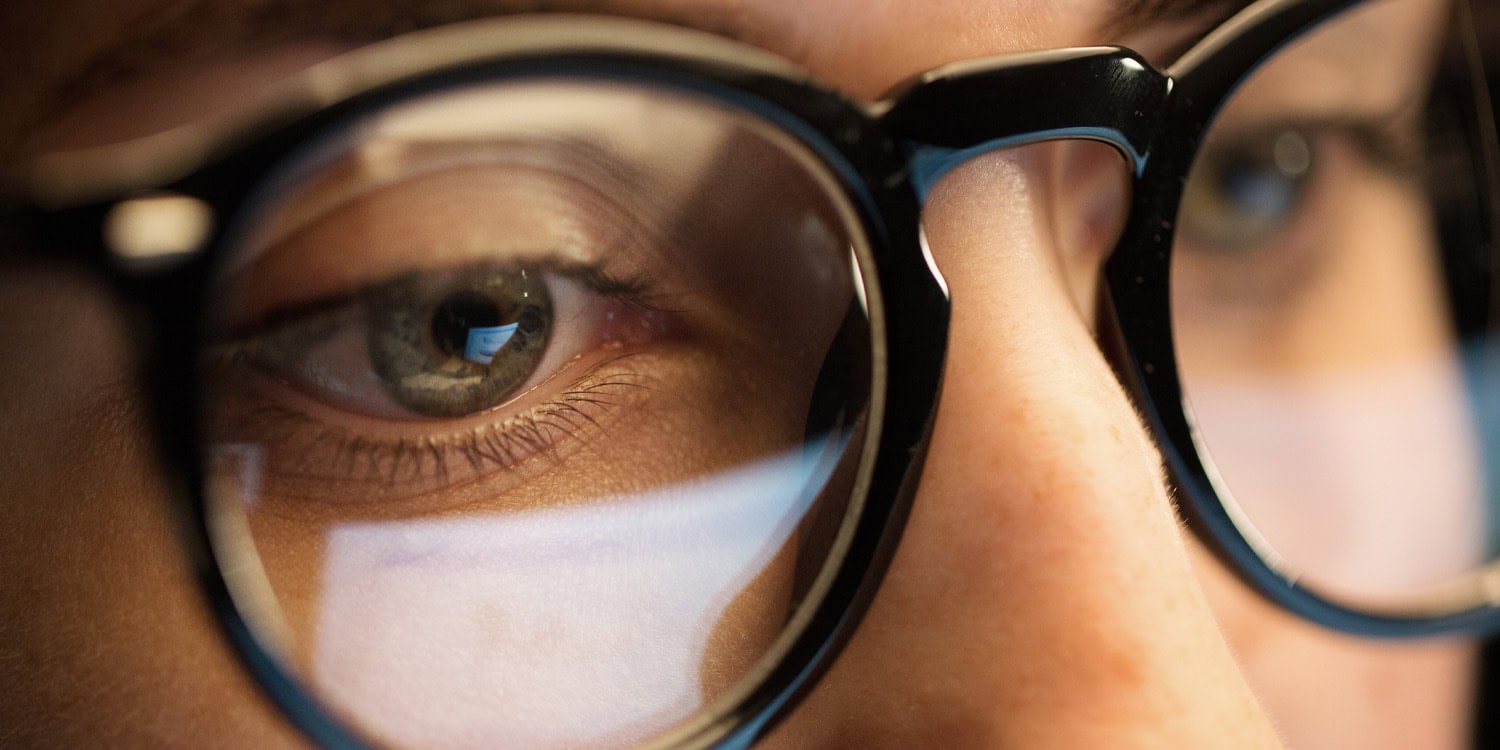A new study published in Archives of Sexual Behavior has employed eye-tracking methods to uncover intriguing differences in how men and women evaluate online dating profiles, shedding light on the priorities each gender has when seeking potential partners. Overall, men tend to focus on physical attractiveness, while women consider both attractiveness and resource potential.
In recent years, online dating profiles have become a popular method for finding both short-term and long-term partners. However, less is known about how individuals prioritize the information presented via images and text in these profiles. This study aimed to fill that gap by investigating how heterosexual men and women spontaneously allocate their visual attention to profile-based facial attractiveness and financial resources.
“I was interested in this topic because I’ve read a lot about evolutionary psychology and the research that has been done to support its arguments for the differences in how men and women select mates (i.e., what they prioritize in their decision-making processes and their preferences for short- vs. long-term relationships), but almost all of the research I’ve seen published to support these ideas has been self-report,” said study author Amy D. Lykins, an associate professor in clinical psychology at the University of New England.
“As a researcher with a cognitive psychology background, I was interested to see how people’s visual attention to potential mates related both to these theories in terms of prioritization of different types of information, as well as to their decision-making about whether that person ‘ranked’ well as a potential romantic partner.”
The research team recruited 20 men and 20 women, all university students aged between 18 and 27. The participants viewed mock online dating profiles while their eye movements were recorded using an eye-tracking camera. The profiles varied in terms of facial attractiveness and text-based financial information, such as income and occupation.
The researchers found that both men and women spent the majority of their time focusing on the faces in the profiles. In fact, 83% of the total gaze time was directed to the face region, regardless of the other information presented.
However, deeper analysis revealed significant gender differences in how participants evaluated the profiles. Men, as expected, focused predominantly on the women’s faces, with little attention given to resource information such as income and occupation.
Interestingly, the study also found that men paid more attention to unattractive women when those women had higher incomes or prestigious occupations. This suggests that while physical attractiveness remains a top priority for men, resource information can still influence their attention to some extent, particularly when the woman is less attractive.
“We were surprised to see that men increased their visual attention to nominally unattractive women when their (the women’s) jobs were high-status and high-paying,” Lykins told PsyPost. “Normally, uninteresting information (i.e., unattractive faces in this case) wouldn’t attract much attention, but they did appear to attract more attention when the woman also had a good, high-paying job.”
In contrast, women’s visual attention patterns were more complex. Women’s attention to men’s faces varied depending on the level of income and occupation. Specifically, women spent more time evaluating men’s faces when the profiles indicated lower income or less prestigious occupations. This suggests that women may compensate for lower resource potential by scrutinizing physical attractiveness more closely, likely as a way to assess overall mate quality.
“Within the first 10 seconds of viewing an online profile of a potential relationship partner, we can see differences in the prioritization of different types of information,” Lykins explained. “Our broad findings found support for evolutionary theories in sex differences in mate choice preferences in visual attention, which was one of the first times (if not the first) that this has been shown using eye-tracking methodology to capture visual attention (which is harder to manipulate than self-report). The findings have real-world implications for how people may want to create their online dating profiles if using apps such as Tinder.”
In addition to eye-tracking data, the study also collected self-reported assessments of attractiveness and relationship interest. Men reported higher interest in women for short-term relationships, regardless of the women’s income or occupation, reinforcing the idea that men prioritize physical attractiveness in contexts where long-term resource investment is not a concern.
On the other hand, women expressed a preference for men in long-term relationships, especially those with higher income and prestigious occupations. This is consistent with evolutionary theories that suggest women seek resource-rich partners for stable, long-term commitments that can provide security for potential offspring.
Despite its insightful findings, the study has some limitations. For instance, the study only included heterosexual participants, so the findings may not be applicable to other sexual orientations. Additionally, the online dating profiles used in the study were simplified mock-ups, which may not fully capture the complexity of real-life profiles.
“The ‘profiles’ that we created were extremely basic,” Lykins noted. “They included images of faces (both attractive and unattractive), information about the person’s job and their annual income, and filler information (e.g., where they grew up and how many siblings they had) — all in black and white to control for color and luminance artificially attracting attention.”
“Of course, actual profiles on dating apps are richer and much more detailed, and it could be worth using those in future studies. It may also be worth looking at different visual attention outcomes (e.g., attentional switching between different areas rather than just overall attention spent within a 10-second period, what was the first thing they looked at when the profile came on the screen, etc.) to give us a more in-depth understanding of the cognitive and decision-making processes behind mate choice.”
The study, “Visual Attention to Evolutionarily Relevant Information by Heterosexual Men and Women While Viewing Mock Online Dating Profiles,” was authored by Madeleine Gale, Rosemary Torbay, and Amy D. Lykins.




